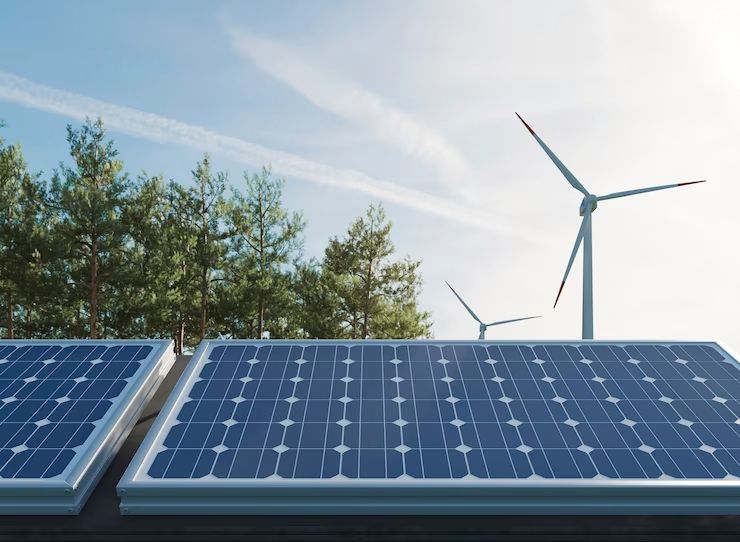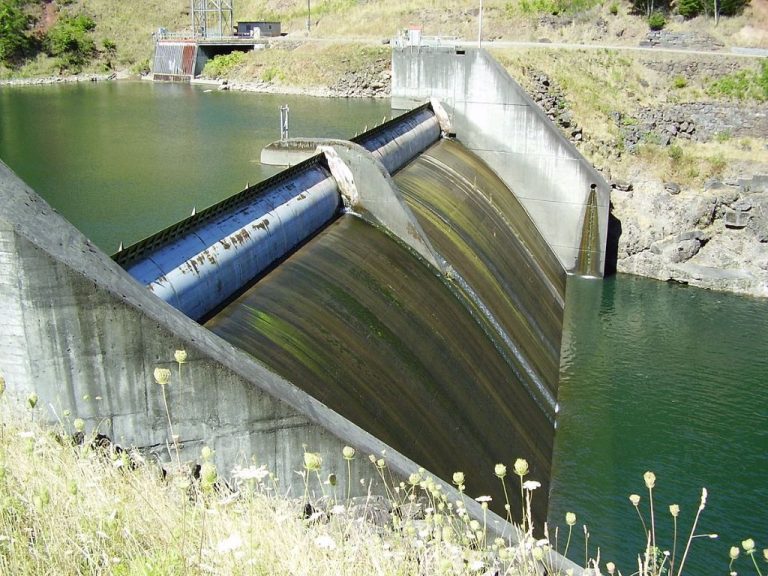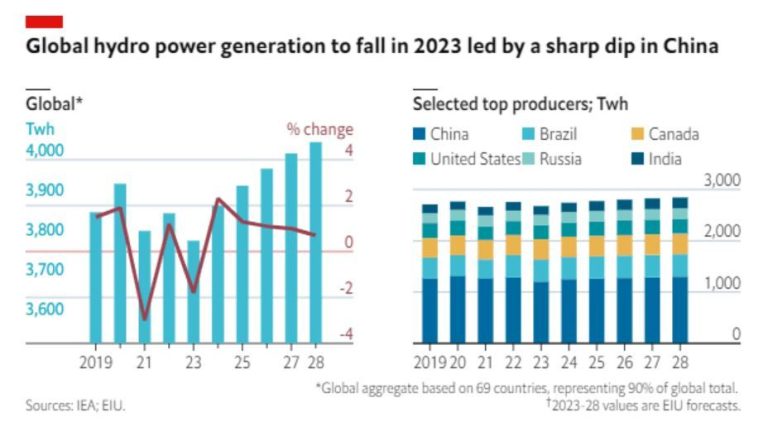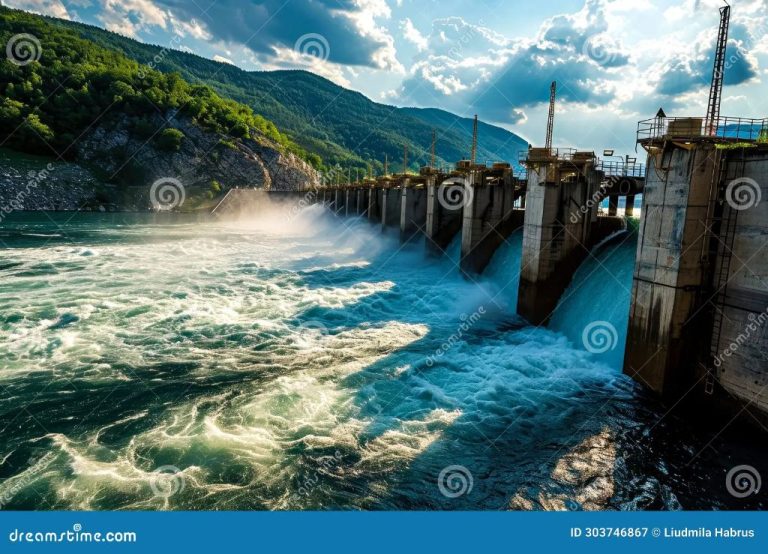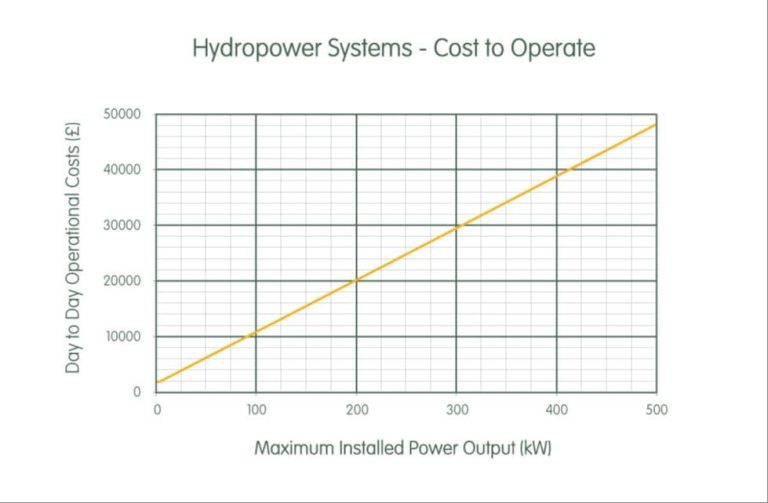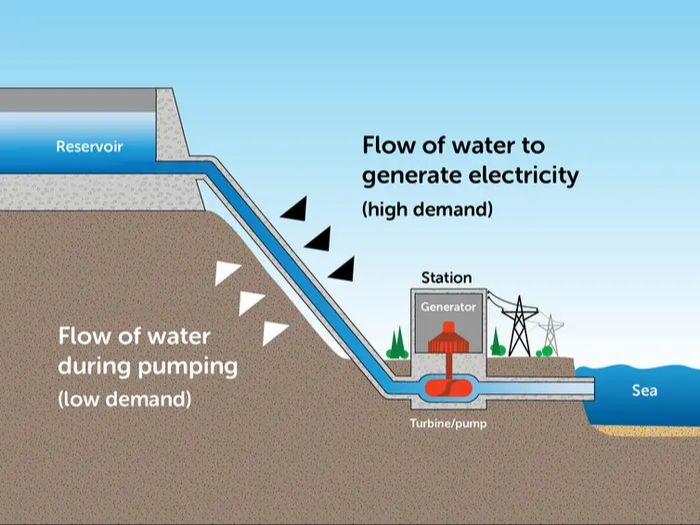What Is The History Of Micro Hydro Power Plant In Nepal?
Micro hydro power plants are small-scale hydroelectric power generation systems that typically produce up to 100 kW of electricity using the natural flow of water. They provide clean, renewable energy from small streams and rivers without building large dams. In Nepal, micro hydro has played an important role in expanding electricity access, especially in remote mountain communities.
As of 2020, Nepal had an electricity access rate of 89.9%, up from 15% in 1996 [1]. However, over 80% of Nepal’s population lives in rural areas where access remains limited. Extending the national grid to these remote regions is challenging and expensive. This is where micro hydro comes in. Micro hydro systems harness Nepal’s abundant natural water resources to provide off-grid renewable power at an affordable cost. With a mountainous landscape crisscrossed by streams and rivers, Nepal has significant potential for micro hydro development.
Micro hydro helps meet rural electricity demand while avoiding the environmental impact of fossil fuels. It also enables productive end uses like agro-processing, lighting, and small businesses that can improve quality of life. For these reasons, micro hydro has become an important technology for achieving universal electricity access in Nepal.
Traditional Water Mills
Water mills have been used in Nepal for centuries to grind grains and extract oil from seeds. Traditionally, Nepalese water mills consisted of a wooden waterwheel attached by a shaft to a grindstone. The force of the flowing water would turn the wheel, which would then rotate the grindstone to grind the grain.
These traditional water mills, known locally as ghattas or pani ghatta, were vital to village life in Nepal. Nearly every village had its own ghatta by a river or stream to process their grains. Constructed from wood and stone, the ghattas were relatively simple but ingenious designs that took advantage of Nepal’s abundant water resources.
In addition to grinding grains, traditional Nepalese water mills were also used to crush sugarcane to extract the juice and to press oil from seeds like mustard and sesame. The ghattas were an essential technology that allowed Nepalese villagers to process their agricultural produce for consumption and sale.
Some sources: https://www.youtube.com/watch?v=_qScwvuaTto
Early Micro Hydro Development
Micro hydropower in Nepal started with the Pharping plant, which had an installed capacity of 500 kW in 1911, followed by Sundarijal and Trisuli with capacities of 640 kW and 2400 kW in 1934 and 1936, respectively (Wikipedia). However, the systematic development of micro hydro only began in the 1970s. Early micro hydro projects were promoted with support from international aid and NGOs, who provided financial and technical assistance.
In the 1970s, the United Mission to Nepal (UMN) implemented several micro hydro projects with capacities between 5 to 100 kW, funded by grants from the Canadian International Development Agency. These plants provided electricity for rural lighting, milling, and cottage industries (Wikipedia). The Agricultural Development Bank of Nepal also began a credit program in 1977 to fund micro hydro projects for rural electrification. By the end of the 1970s, over 300 micro hydro plants were supplying electricity to remote mountain villages in Nepal (Kathmandu Post).
Micro Hydro Expansion
In the 1980s and 1990s, there was significant expansion of micro hydro in Nepal, largely driven by government policies and programs. The Decentralized Energy Systems project initiated by the Nepalese government in 1983 helped install micro hydro units in various parts of the country. This expanded access to electricity in remote mountain villages. According to Wikipedia, by 1990 there were about 300 micro hydro plants in Nepal, supplying electricity to around 20,000 households.
Throughout the 1990s, the number of micro hydro installations continued to grow. A key factor was the government’s Subsidy Policy for Renewable (Rural) Energy set up in 1996, which provided subsidies on the capital cost for community-based micro hydro projects. This stimulated rapid growth, with over 1,100 micro hydro plants installed by 1999. The government also launched its Hydro Power Development Policy in 1992, which opened the sector to private investment. This policy helped attract Nepali entrepreneurs to invest in micro hydro. According to Bhandari (2018), the number of micro hydro units increased to about 1,400 by the late 1990s.
Thus policies such as subsidies, private investment, and decentralized energy programs catalyzed major expansion of micro hydro in Nepal through the 1980s and 1990s.
Community-Based Micro Hydro
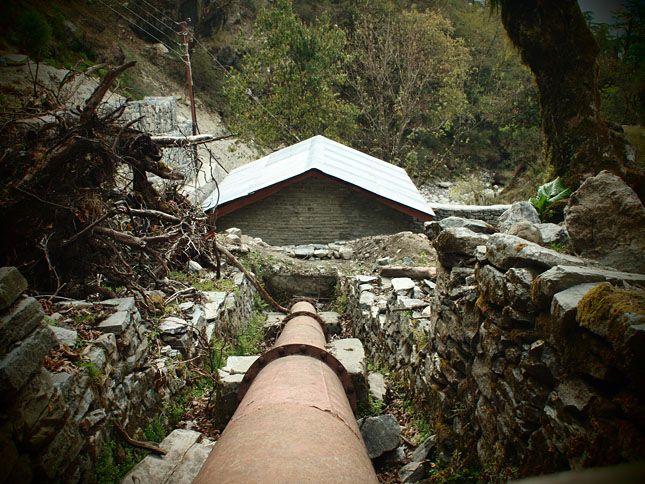
In the 1990s, Nepal saw a shift towards a community-based model for micro hydro projects, driven by NGOs and donor agencies. This decentralized, participatory approach aimed to provide rural communities with affordable and sustainable energy solutions by having them directly involved in all stages from planning to operation [1]. Community-based micro hydro brought many benefits compared to the government-led model. Local ownership and management ensured long-term sustainability and made it easier to adapt projects to suit community needs. It also empowered communities by building technical skills and providing income opportunities [2].
By 2000, over 1,000 community-based micro hydro installations were providing electricity access across rural Nepal. Their simple, low-cost designs made them replicable and scalable. Studies found community-based micro hydro to have higher effectiveness, lower costs, and greater reliability than government projects. Overall, the community model successfully accelerated rural electrification using local resources and capacities.
Recent Trends
In the 2000s and 2010s, Nepal experienced significant growth in micro hydro power (MHP), with over 3,000 MHP plants installed as of 2018 (Nepal Alternative Energy Promotion Center, 2018). This rapid expansion was driven by rising energy demands, improvements in MHP technology, and favorable government policies aimed at increasing rural electrification. According to one report, Nepal’s cumulative MHP capacity grew from around 5 MW in 2000 to over 25 MW by 2012 (AEPC, 2012).
Several factors enabled the accelerated deployment of MHP in Nepal in recent decades. Advances in turbine design allowed smaller, more efficient systems to be built to serve rural communities. Financial incentives introduced by the government, such as subsidies and credit financing, made adoption more affordable. Streamlined permitting and regulations also facilitated growth. Furthermore, community-based models emerged as the predominant approach, with villagers organized into cooperatives to self-finance, build and operate local MHP projects. This helped address local needs and increased community buy-in (Wisions, 2023).
Current Status
Micro-hydropower has seen rapid growth and adoption across Nepal in recent years. As of 2018, there were an estimated 3,000 micro-hydro plants installed in Nepal with a total capacity of about 35 MW, according to Wikipedia. Most of these systems generate between 5 to 100 kW of electricity. In remote mountainous regions, micro-hydro plants now provide electricity access to over 100,000 households.
The Government of Nepal has promoted micro-hydro development through various policies and programs. The Alternative Energy Promotion Centre (AEPC), established in 1996, provides technical and financial support to micro-hydro projects. Subsidies covering 40% of capital costs are available. The government aims to harness 2,000 MW from micro-hydro by 2030 to achieve universal electricity access across Nepal.
Challenges
The micro hydro sector in Nepal faces several key challenges that have hindered its growth and sustainability. Some of the main challenges include:
Technical challenges: Many micro hydro plants in Nepal suffer from low efficiencies, lack of regular maintenance, and poor power regulation and control systems. Due to remoteness and lack of access, it is difficult to find technical expertise to operate and maintain the plants optimally (Source: https://www.researchgate.net/publication/254053430_Present_status_and_technical_challenges_of_micro_hydropower_plants_in_Nepal).
Financial challenges: Micro hydro projects require high upfront costs and many rural communities struggle to access financing. The tariffs are often not sufficient to cover operations, maintenance and loan repayment costs. This threatens the financial sustainability of projects (Source: https://www.wisions.net/the-success-and-struggles-of-nepals-micro-hydro-projects/).
Social challenges: With the expansion of the national grid, many households opt for grid connectivity over micro hydro. This reduces the user base and revenues for micro hydro projects, making them financially unviable. There is also lack of local capacity and community engagement in some projects (Source: https://nepaleconomicforum.org/the-role-of-and-challenges-and-prospects-for-hydropower-development-in-nepals-energy-sector/).
Future Outlook
There is still significant potential for micro hydro growth in Nepal in the future. Despite the expansion of the national grid, 85% of Nepal’s considerable hydro resources remain untapped. With abundant rivers and streams, there is ample opportunity to expand micro hydro access to more rural communities currently unconnected to the grid (Kathmandupost, 2022). The Nepali government’s recent policies also aim to promote further micro hydro development through subsidies and technical assistance.
Key innovations supporting the future of micro hydro include the development of electronic load controllers, which help optimize the efficiency of these systems and prevent overloading. Improved turbine designs and the use of plastics for manufacturing micro hydro components versus metals have also reduced costs. Additionally, new business models are emerging around micro hydro based on Productive End Uses (PEUs), where electricity is utilized for productive activities like agro-processing beyond just lighting. This increases sustainability and provides extra income for communities (World Bank, 2014).
Overall, with supportive policies, technological improvements, and innovative economic models, micro hydro has a bright outlook in Nepal as a transformative decentralized energy solution benefiting remote rural communities into the future.
Conclusion
In conclusion, micro hydro power has played an important role in Nepal’s development over the past few decades. The history can be traced back to traditional water mills used for grain processing. This evolved into early micro hydro projects in the 1950s and 1960s. With support from international donors, micro hydro then expanded significantly in the 1970s and 1980s. This helped electrify many remote mountain villages and led to the establishment of community-based micro hydro systems.
More recently, micro hydro construction slowed due to political instability and other factors. However, over 3,000 micro hydro plants currently operate in Nepal with a total capacity of around 25 MW. Micro hydro provides clean renewable electricity and contributes to socioeconomic progress in rural areas. It also helps conserve Nepal’s environment by reducing dependency on fuelwood.
Going forward, micro hydro can continue empowering communities if challenges like lack of local capacity and complex licensing are addressed through appropriate policies and regulations. With the immense hydropower potential in Nepal, micro hydro will likely play a key role in expanding rural electrification and supporting Nepal’s development for decades to come.

